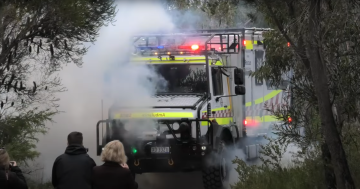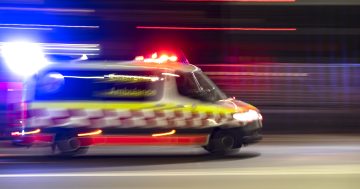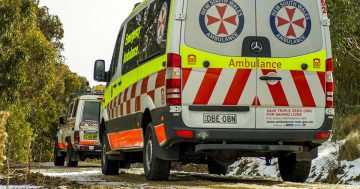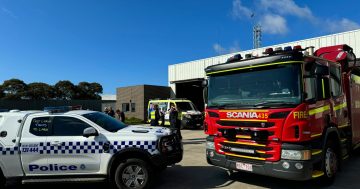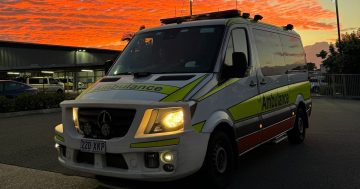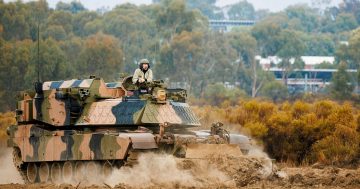 Ambulance NSW paramedics have hit the road for a four-wheel drive (4WD) safety training course aimed at equipping them with skills to get out of sticky situations when attending to patients in remote areas of the State.
Ambulance NSW paramedics have hit the road for a four-wheel drive (4WD) safety training course aimed at equipping them with skills to get out of sticky situations when attending to patients in remote areas of the State.
Course Coordinator at Ambulance NSW’s Gilgandra Ambulance Training Unit, Geoff Kiehne said the course gave paramedics an introduction to the safe use of four-wheel drive vehicles.
“Last month 10 Western Sector Paramedics had the opportunity to get behind the wheel of a 4WD ambulance vehicle while being tasked to navigate their way out of a river bed, as part of a simulation to rescue patients from a crashed aircraft,” Mr Kiehne said.
“It’s about taking a novice-level 4WD operator and introducing them to the capability of the vehicle, which includes how to operate it safely,” he said.
“If they are ever driving these vehicles and get themselves into difficulty, this course shows them how to recover the vehicle in a manner which is safe.”
Mr Kiehne said the course began by educating paramedics on the “anatomy and physiology” of 4WD vehicles.
The Course Coordinator said paramedics were taught about the importance of having an assisting paramedic stand outside of the vehicle and use hand signals to direct the driver when in challenging or rough terrain.
“This is then followed by participants being required to reverse around an obstacle course set amongst a group of trees,” he said.
“They then learn about how to safely winch a vehicle from a bog.”
Mr Kiehne said a big part of the training was also how to recover the vehicle, should the terrain cause it to bog down.
“We expect people in the course will get bogged down, so we then go through the recovery process as required,” he said.
“We also look at how to change a flat tyre on unstable terrain (such as sand); and also teach them stall recovery, which can be very difficult to do if you’re going up an incline and the vehicle stalls.”
Mr Kiehne said participants finished up by taking part in a river bed course which required them to drive two kilometres to a crash site, “before returning and navigating their way out of the river bed – a challenging task, given the risk of being bogged down is high.”


